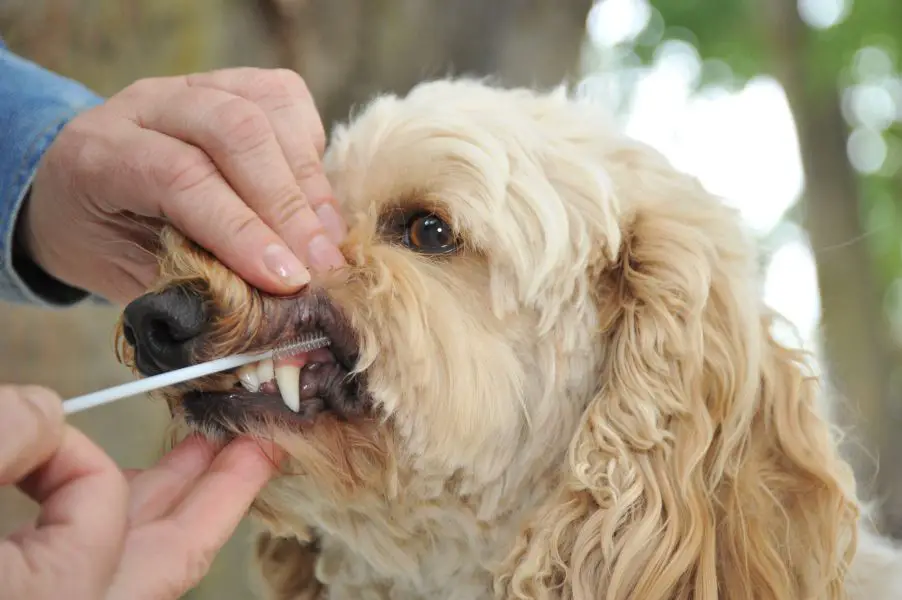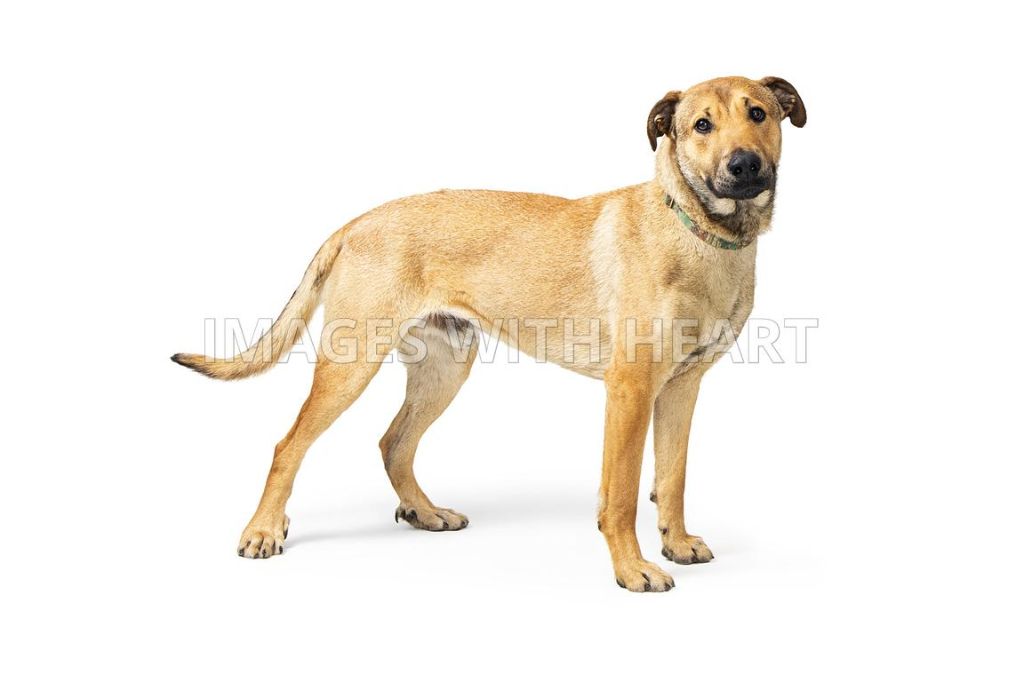Introduction
Understanding your dog’s breed can provide key insights into their behavior, appearance, health, and ideal care. Identifying breed traits allows owners to meet their dog’s unique needs and prevent issues that certain breeds are prone to. Additionally, knowing your dog’s ancestry and background story can help you feel a special connection with them.
Breed identification also assists shelters and rescue organizations to describe animals correctly to potential adopters. Proper breed labeling leads to more successful matches between humans and canines. However, purebred dogs make up only around 30% of the pet population, meaning a large percentage are mixed breeds. For these dogs, determining exact breeds can be challenging but still provides useful information.
With new technologies and techniques available, there are multiple ways dog owners can explore their pet’s family tree and gain helpful breed knowledge. Understanding what methods work best in various scenarios empowers all dog lovers to demystify their dog’s ancestry for a happier, healthier human-canine bond.
Look at Physical Features
One of the best ways to identify your dog’s breed is to closely examine its physical features. Pay attention to characteristics like the dog’s coat, ears, muzzle, tail, and body structure. Note the following key aspects:
- Size – Is your dog small, medium, large, or giant? Size can be a big indicator of breed.
- Coat – Does your dog have a long, fluffy coat like a Collie? Or is it short and sleek like a Boxer? Coat length, texture, and color patterns can provide clues.
- Ears – Are the ears short and upright like a German Shepherd? Long and floppy like a Basset Hound? Or cropped? Ear shape is linked to breed.
- Muzzle – Is your dog’s muzzle long and narrow or short and wide? Muzzle proportions differ between breeds.
- Tail – Does your dog have a short nub of a tail like a Pembroke Welsh Corgi? Or a curled tail like a Pug? Tail shape varies by breed.
Observing your dog’s unique physical characteristics can get you on the right track to determining its breed. If you spot distinctive features shared by a certain breed, you’re one step closer to solving the mystery!
Examine Temperament
One of the best ways to get clues about your dog’s breed is to closely observe their temperament and personality traits. Certain breeds are known for being more active, while others tend to be more laidback and mellow.

Watch how your dog interacts with people – do they eagerly seek out affection and playtime? Or are they more reserved around strangers? Friendly breeds like Labs and Goldens will rarely meet a stranger, while independent types like Chow Chows may be more standoffish.
Pay attention to your dog’s activity levels. High energy dogs like Jack Russell Terriers and Border Collies need plenty of exercise and stimulation. Lower key breeds like Bulldogs and Basset Hounds are generally content with shorter walks and lots of naps.
Also consider your dog’s drive and focus when playing or training. Driven workers like German Shepherds will eagerly repeat behaviors for rewards with intense focus. Silly companion breeds like French Bulldogs tend to have shorter attention spans and get distracted more easily.
Knowing whether your dog is more active or laidback, as well as friendly or reserved, can provide valuable clues about their likely breed mix based on typical breed traits.
Check Paperwork from Breeder/Shelter
If you adopted your dog from a shelter or breeder, they may have given you paperwork with information on your dog’s breed background. Reputable breeders and shelters will often have information on the breed of the parents if your dog is a mix. They may also be able to provide documentation on the specific breeds in your dog’s ancestry if it is a purebred.
Review any paperwork you received when you adopted your dog. Look for details on your dog’s parents, breed history, or any DNA testing the shelter or breeder may have conducted. This paperwork will often give you definitive insight into your dog’s genetic background and breed makeup. For mixed breed dogs, the paperwork may indicate the predominant breeds that went into your dog’s lineage.
While the paperwork from a breeder or shelter can provide useful breed information on your dog, it isn’t always 100% accurate. Visual breed identification is tricky, so even experts can make mistakes or guesses from time to time. Use the paperwork as a clue, but also take into account your dog’s physical traits and temperament.
Try a DNA Test

One of the most accurate ways to identify your dog’s breed is through a dog DNA test. These tests analyze your dog’s genetic makeup and compare it against their database of breed profiles to pinpoint the makeup. Popular brands like Wisdom Panel and Embark use cheek swabs to collect DNA samples, which are then sent to a lab for analysis. Results are typically available within 2-3 weeks. DNA tests can identify breeds in your dog’s ancestry going back to great-grandparents and sometimes even great-great-grandparents. They can also screen for genetic health conditions.
The main downside of DNA tests is the cost, typically ranging from $80-150. However, for reliable breed identification, it’s one of the best options. You’ll get a detailed report breaking down the percentage of each breed detected in your dog’s DNA. Some tests even provide information on traits like coat colors, body size, and genetic health risks. If you want definitive proof of your dog’s background, a DNA test is the way to go.
Consult an Expert
Veterinarians and experienced breeders can often identify the breed of a dog by examining the dog’s physical characteristics and temperament. Since they are very familiar with various breeds, they may recognize distinctive traits that point to a particular breed. Some things an expert looks for include:
- Body structure and proportions – The ratios of the dog’s muzzle, skull, torso, legs, tail, etc. can indicate specific breeds.
- Head shape – The shape and size of the head, eyes, ears, nose, and mouth are breed hallmarks.
- Coat – The length, texture, and coloring of the fur can distinguish breeds.
- Size – The dog’s height and weight at various ages offers clues to possible breeds.
- Color markings – Distinct markings like merle or brindle can identify certain breeds.
- Temperament – The dog’s energy level, trainability, and general demeanor narrows options.

If you want a professional opinion on your dog’s likely breed composition, consult your veterinarian or an experienced breeder in your area. Provide them with the dog’s age, history, and any information you have about its parentage. They will visually examine and interact with the dog to provide their best assessment.
Look at Coat Colors/Markings
A dog’s coat color and markings can provide clues about its breed. Certain colors and patterns are associated with specific breeds. For example, Merle coats (a mottled pattern of gray, blue, and black) are seen in Australian Shepherds, Catahoula Leopard Dogs, and Collies. Rottweilers often have mahogany markings over a black base. Dobermans have a black coat with rust markings.
Dalmatians are known for their black or liver-colored spots on a white coat. Pointers have white coats with large patches of black, liver or lemon. Beagles commonly have a tri-colored coat of black, white and brown. Siberian Huskies frequently have striking facial masks and other distinct markings.
If your mixed breed dog has a distinctive color or marking associated with a particular breed, that can provide a clue about its ancestry. Examining the locations, shapes and sizes of any spots, patches or stripes on your dog’s coat while referencing breed standards can help uncover possible breeds in its background.
Research Similar Looking Breeds
Even if you’ve narrowed it down to a few possible breeds, identifying mixed breeds can still be tricky. Your dog may resemble certain breeds but actually be a mix of other breeds entirely. Comparing your dog’s appearance and traits to similar looking breeds is another way to get closer to determining their likely breed makeup.
Make a list of breeds your dog resembles most. Search for images of those breeds and compare their standard physical features, coat colors and patterns, ears, tails, muzzle shape, eyes, build, and size. Note any distinguishing breed characteristics like extra dewclaws, dwarfism, ridgeback, etc. See if your dog strongly matches any of those typical features. This process of elimination can help indicate which breed or mix is the closest match.
Pay extra attention to traits that diverge from the breed standard like non-standard coat colors or unusual markings. These clues suggest mixed ancestry rather than a purebred. For example, a dog that looks like a Labrador Retriever but has a curly tail probably has some other breed mixed in. Identifying which features are atypical can provide hints about other contributing breeds in their genetic background.
While no breed is identical, finding the one your dog most closely resembles physically and behaviorally will get you closer to determining their likely predominant breed or mix of breeds. Just remember that looks alone don’t always reveal the full picture.
Consider Age and Weight

The age and weight of your dog can provide clues about its breed. Most breeds reach their full adult size at around 1 year old, but some large and giant breeds continue growing until they’re 2 years old.
Compare your dog’s current weight and age to the average adult weight range typical for various breeds. For example, if your puppy weighed 50 pounds at 6 months old, it’s likely a larger breed. Whereas a 6-month old puppy weighing 10 pounds is probably a smaller breed.
The amount a puppy grows each month also indicates breed size. Small breeds gain 2-5 pounds per month, medium breeds gain 5-10 pounds, large breeds gain 10-15 pounds, and giant breeds gain 15 or more pounds per month during their rapid growth phase.
Tracking your dog’s growth trajectory can provide helpful clues about its adult size and probable breed mix.
Conclusion
Identifying and understanding what breed your dog is can be complicated but is important. The best methods to determine your dog’s breed are examining physical features like head shape, coat type, ears and tail; looking at your dog’s temperament and personality traits; checking paperwork from a breeder or shelter if available; doing a dog breed identification DNA test; consulting an expert like your vet; analyzing your dog’s coat colors, patterns and markings; researching dog breeds with similar appearances; and considering your dog’s age, weight and size.
While finding out your dog’s breed origins and background can be satisfying, it’s also crucial to remember that responsible breeding and adoption practices are vital. All dogs, regardless of breed, deserve loving homes and caring owners. Your dog’s breed makeup does not define their personality or change the fact that they are a unique individual. The most critical thing is to provide proper care, training and affection to set your dog up for a happy, healthy life.